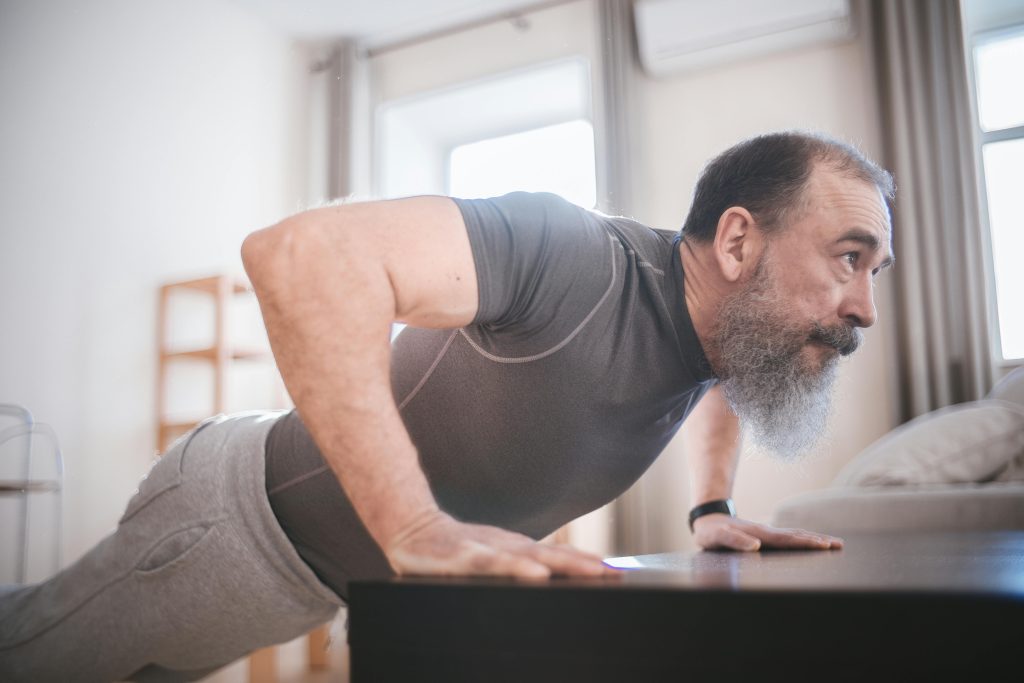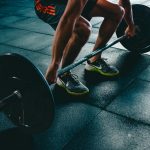Introduction
You don’t need a fully stocked gym to get stronger. In fact, some of the most effective strength-building workouts can be done with just your bodyweight and a few basic tools. Whether you’re working out at home, travelling, or prefer a minimalist fitness setup, building strength with minimal equipment is not only possible—it can be highly efficient and sustainable. In this guide, we’ll break down how you can build real strength using smart programming, functional movements, and versatile tools that fit in your home or backpack.
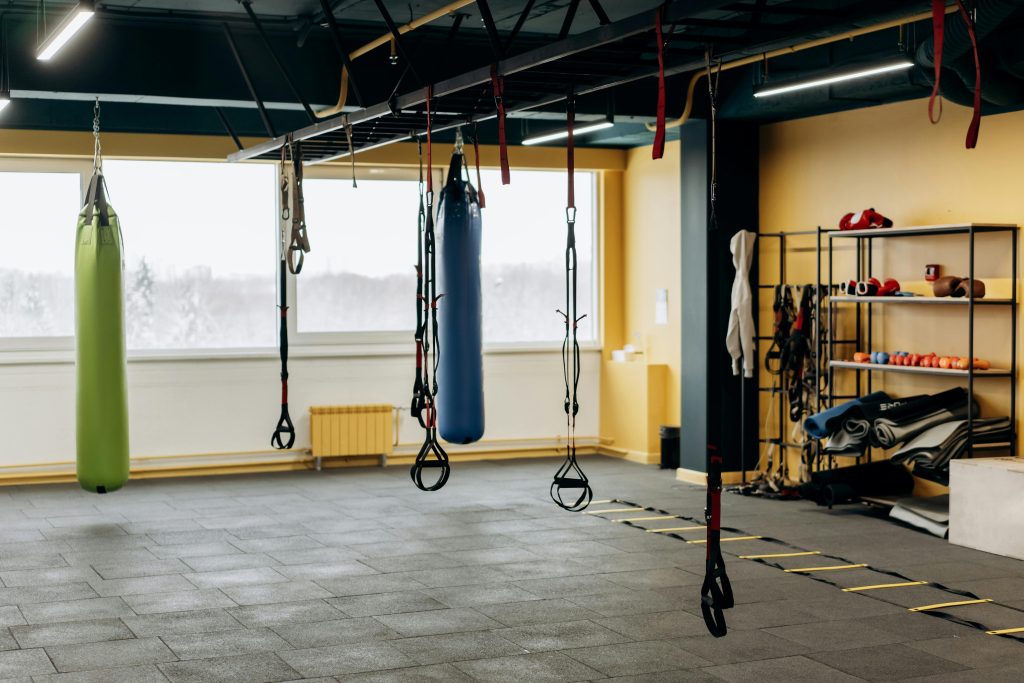
Why Minimal Equipment Training Works
Contrary to popular belief, strength training isn’t defined by how much weight you lift—it’s about progressive overload, movement quality, and consistency. Minimal equipment forces you to:
- Master bodyweight control
- Engage stabilising muscles
- Build functional strength that carries over into daily life or sports
It’s also cost-effective, space-friendly, and ideal for beginners and advanced athletes alike.
Essential Principles of Strength Training Without a Gym
1. Progressive Overload
Your body adapts when it’s consistently challenged. You can increase difficulty without machines by:
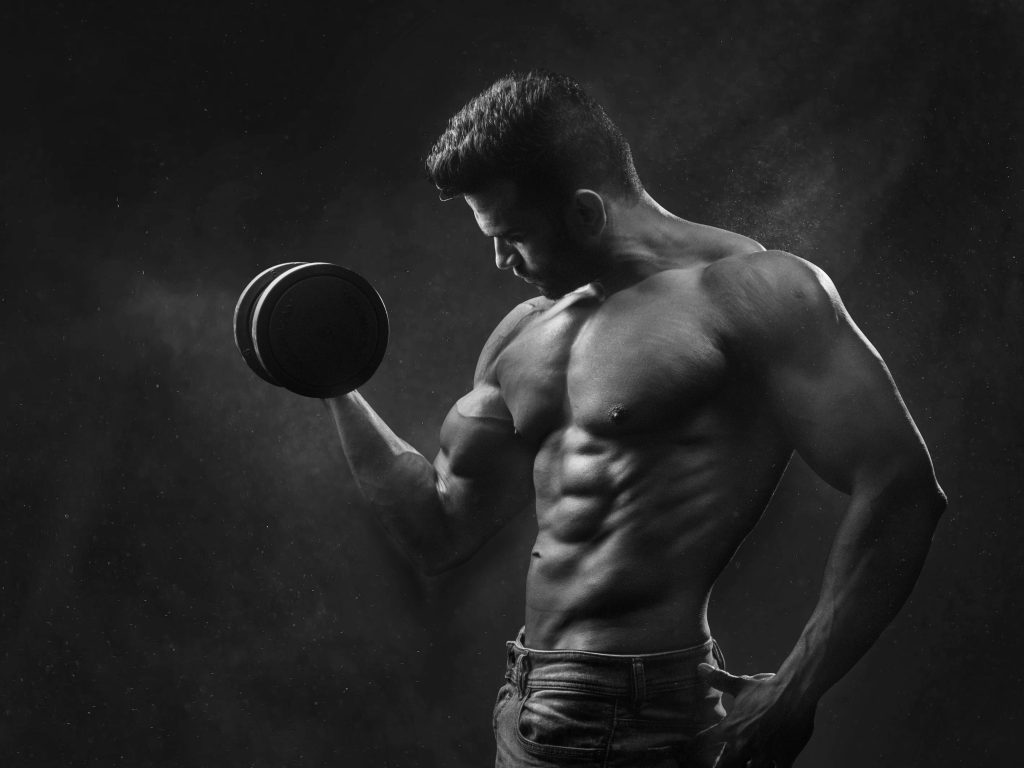
- Increasing reps or sets
- Slowing down the tempo (e.g., 3-second negatives)
- Reducing rest time between sets
- Using unilateral (single-limb) variations
2. Full-Body Movement Patterns
Focus on the five core strength movement patterns:
- Push (e.g., push-ups)
- Pull (e.g., rows or pull-ups)
- Hinge (e.g., hip thrusts, good mornings)
- Squat (e.g., bodyweight squats, split squats)
- Core stabilisation (e.g., planks, leg raises)
These compound movements maximise muscle engagement and efficiency.
Minimal Equipment You Might Consider
You don’t need much, but a few versatile items can expand your strength training dramatically.
| Equipment | Benefits |
|---|---|
| Resistance bands | Great for assisted pull-ups, added resistance, or rehab |
| Pull-up bar | Ideal for upper body and core strength |
| Gymnastic rings or TRX | Adds instability and variety to push/pull exercises |
| Adjustable dumbbells or kettlebell | Perfect for loaded squats, presses, and swings |
| Sliders or towels | Useful for dynamic core work and mobility drills |
Even with just your body and gravity, you can build serious strength.
Sample Bodyweight Strength Routine (No Equipment Needed)
Day 1: Upper Body Focus
- Push-ups (regular, incline, or decline) – 3×10–15
- Inverted rows under a sturdy table or bar – 3×8–12
- Plank shoulder taps – 3×30 seconds
- Triceps dips on a chair – 3×10–12
Day 2: Lower Body Focus
- Bodyweight squats – 3×15–20
- Bulgarian split squats – 3×8 each leg
- Glute bridges – 3×15
- Wall sit – 3 rounds of 30–60 seconds
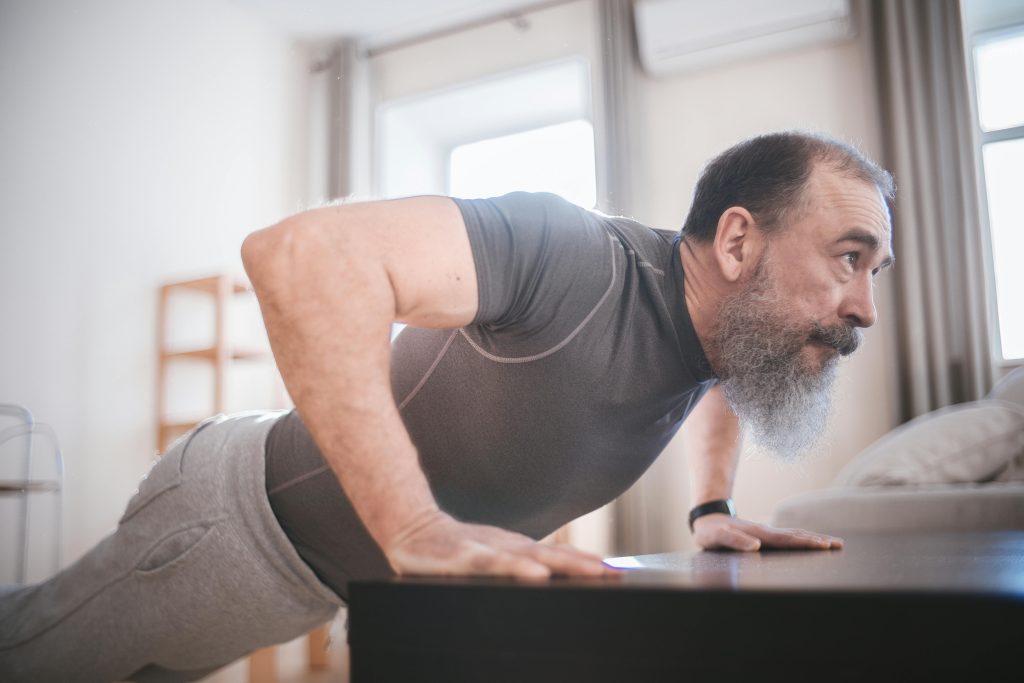
Day 3: Core & Conditioning
- Mountain climbers – 3×30 seconds
- V-ups or leg raises – 3×12
- Hollow body hold – 3 rounds
- Optional: HIIT finisher (jump squats, burpees, lunges)
Train 3–4 times per week, focusing on form and control. Increase intensity weekly by progressing reps, range of motion, or resistance (e.g., adding a backpack).
Advanced Progressions with Minimal Equipment
Once basic movements become easy, level up using:
- Weighted backpack for loaded squats or push-ups
- One-arm push-ups or pistol squats for unilateral strength
- Isometric holds (e.g., L-sit, wall sits, planche progressions)
- Explosive movements (plyo push-ups, jump lunges) for power
These stimulate muscle fibres in new ways and help break through strength plateaus.
Key Tips for Success
Focus on Form
With less equipment, precision matters more. Sloppy reps reduce gains and increase injury risk.
Track Your Progress
Keep a workout log. Track reps, sets, rest times, and perceived difficulty. Aim to improve something each week.
Prioritise Recovery
Strength is built during rest. Allow at least 48 hours before training the same muscle group. Get enough sleep, hydrate, and stretch.
Eat to Support Strength
Even minimalist training requires solid nutrition. Ensure:
- Enough protein (1.6–2.2g/kg of bodyweight per day)
- Sufficient calories to recover and grow
- Nutrient-dense foods to support energy and joint health
Common Myths About Minimalist Strength Training

- “You need heavy weights to get strong.”
Not true. Progressive resistance is the key, not just weight. Mastering your own bodyweight often builds better foundational strength than lifting heavy early. - “Bodyweight workouts are only for beginners.”
Advanced athletes use gymnastic movements and calisthenics for elite-level training. It’s all in the progression. - “You can’t grow muscle with bands or rings.”
Incorrect. Bands and rings create unique resistance profiles and instability, which challenge muscles in ways barbells don’t.
Real-Life Example
James, a 35-year-old accountant from Perth, wanted to improve strength without joining a gym. Using resistance bands, a pull-up bar, and a daily 30-minute routine, he increased his push-up count from 12 to 40, achieved his first full pull-up in 10 weeks, and dropped 5kg of body fat—all while training at home.
Conclusion
You don’t need a gym membership or fancy equipment to build serious strength. With consistency, creativity, and the right progression plan, you can increase strength, improve mobility, and transform your body using minimal tools. Whether you’re training at home, on the go, or just starting out, minimalist strength training puts results within reach—no matter your environment.
